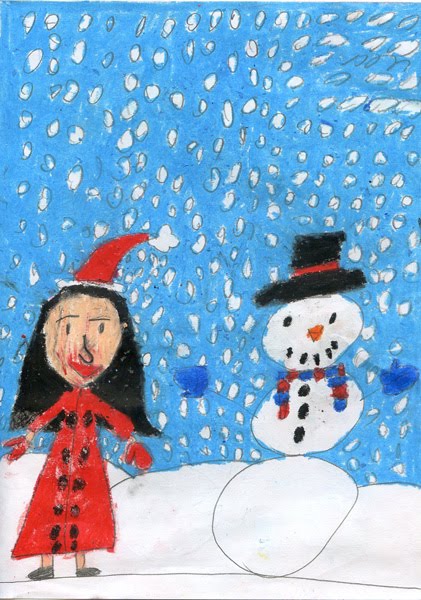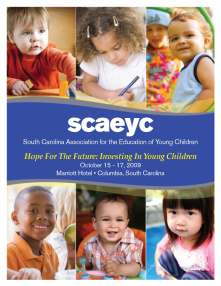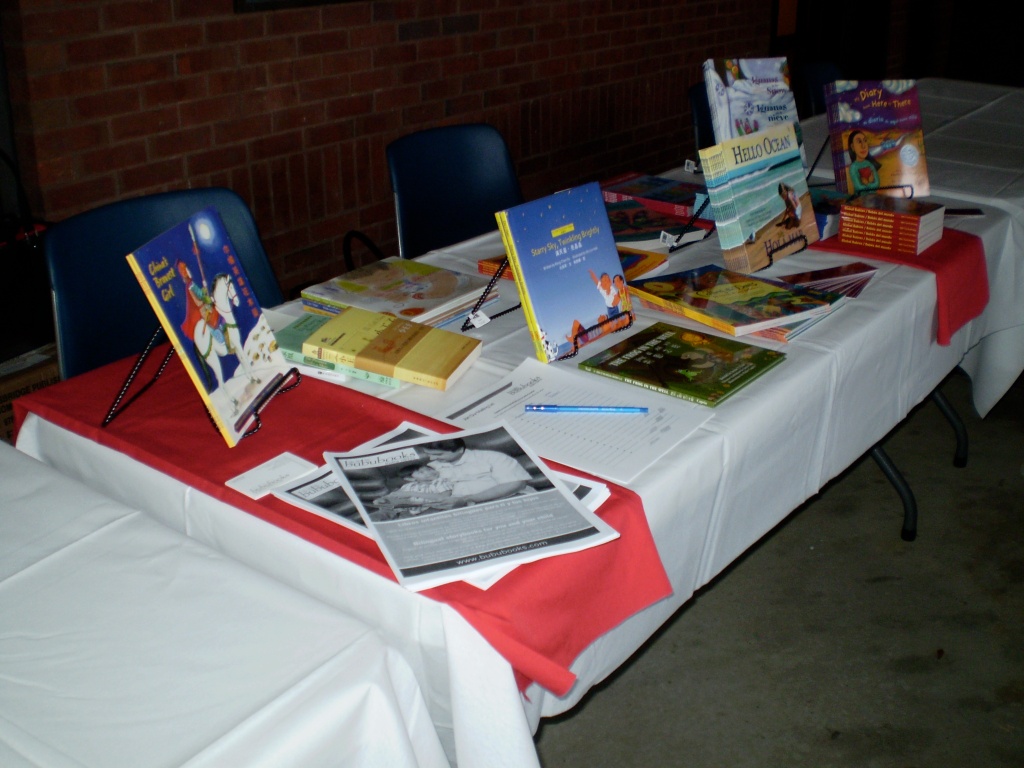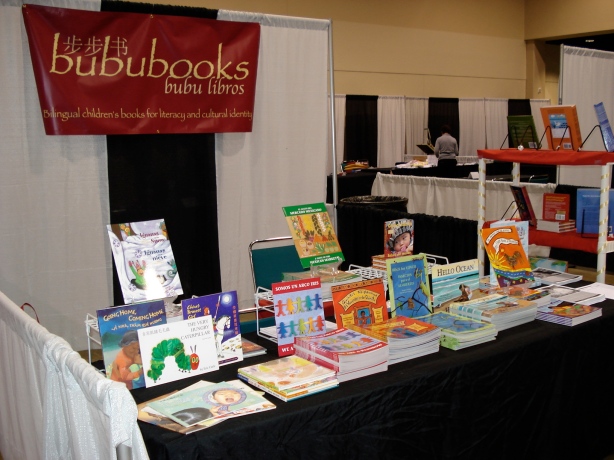In the last (a short and sweet one!) of our blog series on common themes from the 2009 NAEYC’s annual conference, we present a hodge-podge of facts we gathered throughout that week in D.C. Enjoy!
–Language acquisition depends not only on adequate hearing, the ability to differentiate sounds, and the capacity to link meaning to specific words, but also on the ability to concentrate, pay attention, and engage in meaningful social interaction.
–Learning a second language and learning to read are complex tasks influenced by cognitive, environmental and social factors.
–Bilingual Children
-Exhibit the same language milestones as monolingual children
-May acquire language at a slower rate and have more limited total vocabularies in each language
-Have a combined vocabulary in both languages likely to equal or exceed that of a child who speaks one language
–Preschoolers actively listen to and separate out two languages. So we can use both languages interchangeably.
–Development of language and literacy in the home language (or first language) facilitates development of language and literacy in the second language and cognitive development. Academic language ability takes 5-7 years. Social language ability (i.e. Hello, how are you?) is easy to accomplish.
–For more current guidance, check out:
-Head Start Performance Standards and Head Start Dual Language Report (2008)
-Tabors, Patton O. One Child, Two Languages: Children Learning English as a Second Language. Paul H. Brookes Publishing, 2008.
-Igao, Cristina. The Inner World of the Immigrant Child. Lawrence Erlbaum Associates, Publishers, 1995.
-Espinosa, Linda. Getting it RIGHT for Young Children from Diverse Backgrounds: Applying Research to Improve Practice. Prentice Hall, 2009.
Check out below for the sources of this blog:
1) Using standards-based curriculum to support language and literacy development for English-language learners.
Presented by:
Min-hua Chen, Education Specialist, Massachusetts Department of Elementary and Secondary Education;
Vicky Milstein, Principal of Early Education, Brookline Public Schools;
Min-Jen Wu Taylor, Pre-K Teacher, Brookline Public Schools;
James StClair, Kindergarten Teacher, Cambridge Public Schools;
Sandra Christison, Kindergarten Teacher, Boston Public Schools.
They haven’t posted their slides yet, but if they do, you can find it here.
2) Home Language or English? Implementing program policies and teaching strategies that meet the needs of dual-language learners
Presented by:
John Gunnarson, Napa Valley College.
Click here for his handout.
3) Getting it right for young children from diverse backgrounds: Applying research to improve practice
Presented by:
Dr Linda Espinosa, University of Missouri-Columbia.
She hasn’t posted her slides yet, but if she does, you can find it here.
Previous Blogs under the NAEYC Annual Conference Theme:
Part 1: NAEYC Themes, Part 1: Secretary of Education, Arne Duncan’s Presentation
Part 2: NAEYC Themes, Part 2: Build Positive Relationships with Dual-Language Learning Children
0 Comments on NAEYC Themes, Part 6: Research, Facts and Things to Know about Dual Language Learners as of 1/1/1900














Great illo John.
Can't possibly be one of yours :o)